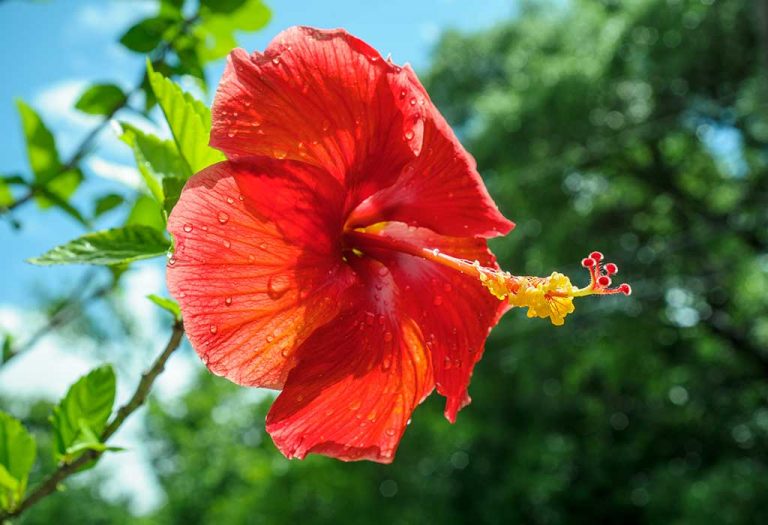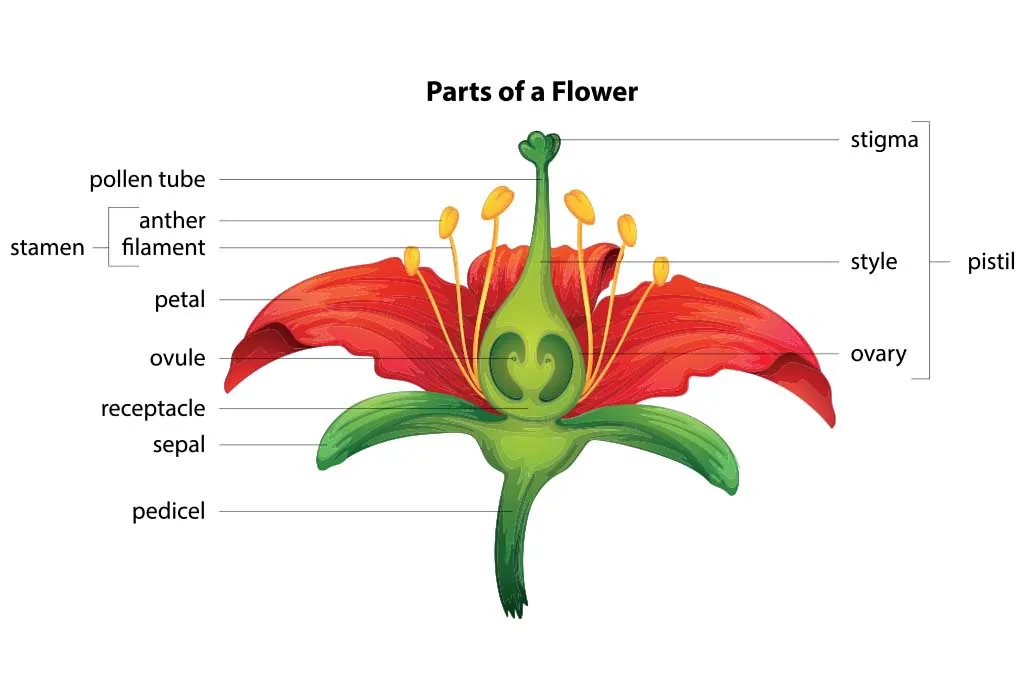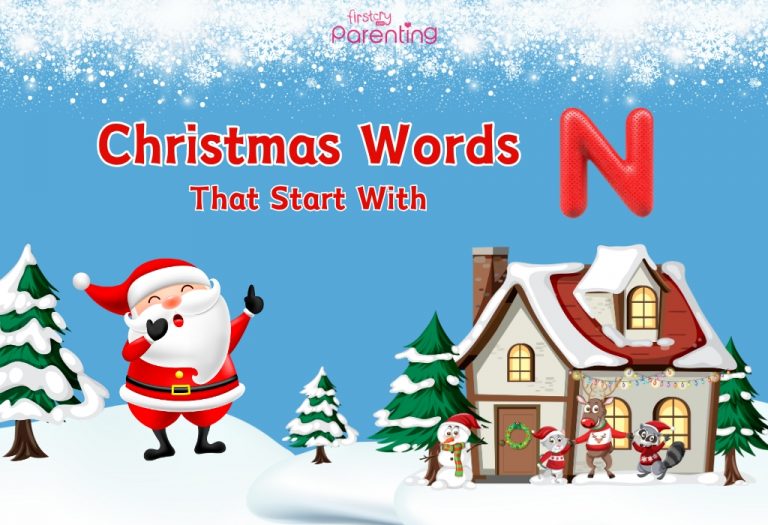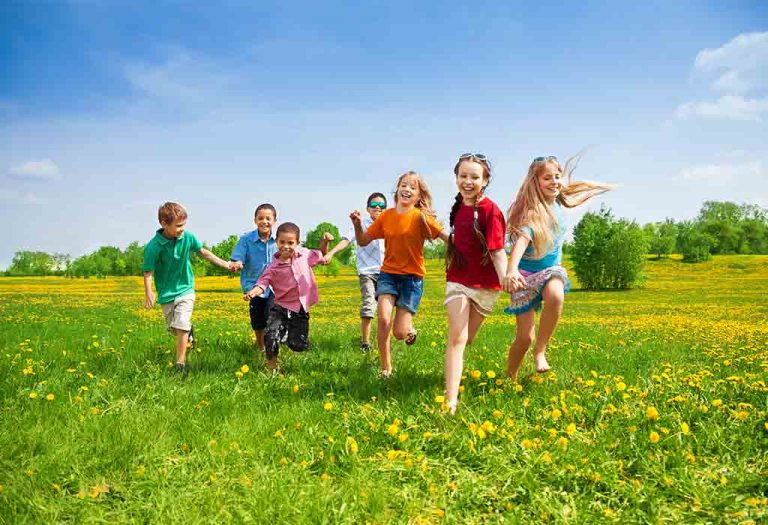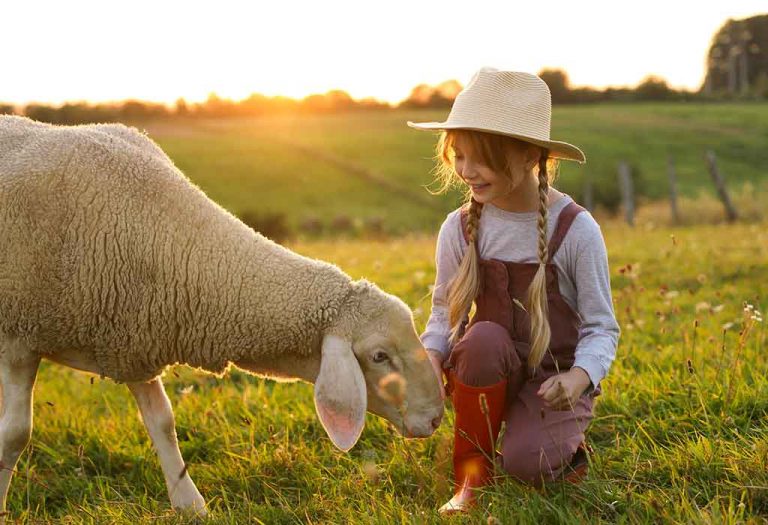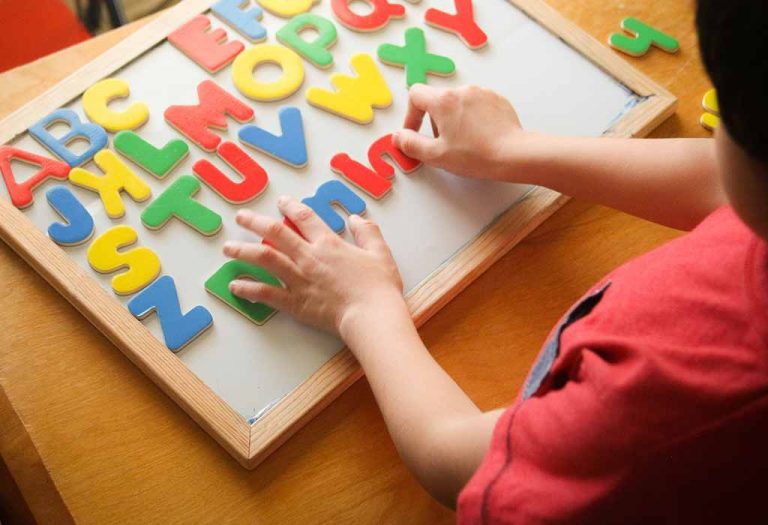Parts of Flower & Their Functions
A garden full of flowering plants looks beautiful. Flowers bring joy and happiness; receiving them as gifts is always special. But did you know that flowers are made up of several parts, each contributing to their beauty and function? Understanding these parts can be fun and educational, especially for kids. Every part plays an important role, from the bright petals that attract pollinators to the delicate stamens and pistils involved in reproduction. If you want to learn about parts of a flower and teach the same to your kids in a simple way, we’ve covered the information on the same.
What Are the Various Parts of a Flower?
With flowers, they can understand a lot about natural reproduction. One of the main structures of the plant, the flower, is responsible for its reproduction.
Flowers are a great source of nectar. Most flowers are either incomplete or complete. Complete ones are those that have petals, stamens, sepals, and pistils. Incomplete ones are those that lack one or even more of these structures (3).
Parts of Flower Diagram
This flower diagram with parts for kids is a simple and colourful way to learn about the different parts of the flower, such as the petals, stamen, and pistil, and understand their functions.
Reproductive Parts
Reproduction takes place in flowers as well. The corolla is the part responsible for reproduction. The main parts responsible for them can vary, and the presence of the same can differentiate whether a flower is incomplete or complete. A flower has the stamen and the pistils that act as the main parts for reproduction.
Flowers can have only female, only male, or both parts together. It’s important to know about all the parts of the flowers and their functions:
Male Part
Stamen: The male part of the flower is called Androecium. It mainly consists of filaments and anther.
- Filaments: The former is a threadlike object, is slender, and functions mainly by supporting the anther.
- Anther: The anther is a structure like a sac, yellowish and needed to store and produce the pollen.
Female Part
Pistil: Pistils are the female reproductive organs of a flower. They are usually found in the very centre of the flower. There can be one or more than one pistil in a flower. Pistils comprise of three parts: stigma, style, and ovary (2).
- Stigma: The stigma is the carpel’s receptive tip, present in the gynoecium of the flower. It is also the topmost part.
- Style: The style can be defined as the slender, tube-like stalk that holds the stigma away from the ovary.
- Ovary: Finally, the ovary is a reproductive gland that’s ductless and also contains plenty of ovules. It is a part of the plant that facilitates seed formation.
Vegetative Parts
The vegetative parts of a flower consist of a few other parts, which include:
1. Petals
The petals are a part of a flower that attract bees, birds, and insects. The colour for each petal varies depending on the plant. Although petals aren’t directly involved in the reproductive, they play an important role. The parts of flowers that produce scents either attract or repel pollinators and the colours of the flowers too attract some pollinators that have a poor sense of smell.
2. Sepals
Sepals are the greenish part beneath the petals that protect any buds from rising. These flowers come with parts that are fused petals-sepals or also be separated.
What Are Whorls?
Flowers consist of four whorls, which are responsible for their radial arrangement. Whorls can be sub-divided into four types:
- Calyx: This is the outermost whorl. It protects the flower whorls from desiccation or mechanical injuries.
- Corolla: This is the second whorl, and it attracts pollinators and also protects its reproductive parts.
- Stamens: This is the third whorl and is the male reproductive part.
- Carpels: The fourth whorl of the flower is the carpel. Carpels contain all the female reproductive parts.
What Is Pollination?
This can be defined as the process where the anther to stigma pollen transfer takes place. These can occur via different various mediums. These include animals, insects, birds and wind, and even water (3).
It’s important to know the important functions of a flower.
What are the major functions of a flower?
Some of the most crucial functions of flowers are as follows (1):
- Developing the gametophytes.
- Producing diaspores without the need for fertilisation.
- Reproduction is one of the most important flower functions. They can help unite the female and male gametes.
- Flowers can also provide crucial nectar to certain insects and birds, and they can transfer pollen as required from flower to flower.
- Flowers may also promote selfing, i.e., the union of the eggs and sperm from the same flower or cross-fertilisation, i.e. eggs and sperms from different flowers.
Interesting Facts About the Parts of a Flower
Flowers are fascinating, and all the parts of a flower have a specific function that helps its growth and reproduction. Below are some interesting facts about flowers and its part and what they do.
- The petals are not just beautiful to look at; they often have a subtle fragrance that helps attract pollinators. Some flowers, like those of the night-blooming jasmine, release their scent only at night to attract nocturnal pollinators like moths.
- Before the flower blooms, sepals protect the delicate petals from damage and prevent dehydration. In some plants, like the tulip, the sepals also help in the photosynthesis process before the petals fully open (5).
- The stigma is often sticky or hairy to catch pollen more effectively. The stigma can also “reject” pollen from different species to ensure only compatible pollen fertilises the ovules (4).
- The pistil is the female reproductive part of the flower, and it can actually determine which pollen grains are allowed to fertilise the ovules.
- The anther at the top of the stamen can release billions of tiny pollen grains, each capable of fertilising an ovule.
FAQs
1. Are flowers deadly?
A lot of flowers might look sweet, but they can be deadly in reality. Certain plants like the Venus Fly Trap are carnivorous and receive nutrients by consuming insects.
The plant has thick leaves which come intertwined with small hair. Whenever these hair attract an insect, they land on it, thinking they can pollinate the same. However, the leaves snap together almost immediately, and the insect is consumed. The bug then gets digested in a matter of a few days.
2. What are the reproductive parts of a flower?
The main reproductive parts of a flower include the stamen and the pistil.
3. How do flowers reproduce?
All flowers reproduce through the pollination process. The male gametes get transferred to the female ovules. Here, the process of fertilisation occurs. The ovules then grow to become a fruit after becoming seeds.
4. What are the vegetative parts of the flower?
The petals and sepals are considered the vegetative parts of a flower.
There’s so much to parts of the flower for preschoolers. With the above information, we hope you can teach your child about the different parts of a flower without much trouble.
References/Resources:
1. Parts of a Flower, their Functions and Pollination; the Global Montessori Network; https://theglobalmontessorinetwork.org/resource/elementary/parts-of-flower-english/
2. 5 Fast Facts About Flower Anatomy; Encyclopedia Britannica; https://www.britannica.com/list/5-fast-facts-about-flower-anatomy
3. Flower; Encyclopedia Britannica; https://www.britannica.com/science/flower
4. Pollination; National Library of Medicine; https://www.ncbi.nlm.nih.gov/books/NBK9991/
5. Takeda. S, Iwasaki. A, Matsumoto. N, et al.; Physical interaction of floral organs controls petal morphogenesis in Arabidopsis; PubMed Central; https://pmc.ncbi.nlm.nih.gov/articles/PMC3585593/
Also Read:
Body Parts for Kids
Science Facts for Kids
Space Facts for Children
Animal Facts for Children
How to Teach Colours to Toddlers and Preschoolers
Was This Article Helpful?
Parenting is a huge responsibility, for you as a caregiver, but also for us as a parenting content platform. We understand that and take our responsibility of creating credible content seriously. FirstCry Parenting articles are written and published only after extensive research using factually sound references to deliver quality content that is accurate, validated by experts, and completely reliable. To understand how we go about creating content that is credible, read our editorial policy here.





